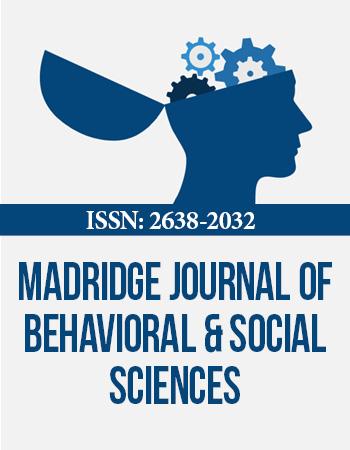International Conference on Alzheimerʼs Disease & Associated Disorders
May 7-9, 2018 Rome, Italy
Nose to Brain Delivery of Formulation by Design (FbD)- Enabled Quercetin Nanocarriers for Neurocognitive Disorders
1University Institute of Pharmaceutical Sciences, Panjab University, India
2UGC—Centre of Excellence in Applications of Nanomaterials, Nanoparticles & Nanocomposites Biomedical Sciences, Panjab University, India
In the present study, Formulation by Design (FbD) enabled lipidic nanostructured system (NLCs) were formulated for quercetin.They were evaluated for their efficiency in nose-to-brain targeting and biodistribution in a suitable animal model after intranasal delivery. Further, particles size characterization revealed uniform shape with size less than 200 nm. Stability studies indicated refrigeration found to be the preferred storage condition. The intranasal delivery of quercetin nanoconstructs resulted in over 8 folds increase in relative brain vis-a-vis pure drug. The brain distribution studies of nanoconstructs exhibited significantly higher Cmax(825.3±76 vs. 611.23 ±15 μg per gram of brain tissue), delayed Tmax (4±1 vs.2± 0.5 h), prolonged T1/2 (64.1±12 vs.12.62±1 h), MRT (36.80±2 vs. 6.93±0.5 h) and enhanced AUC0-∞ (30914.33±113 vs. 3849.40±20 μg h/L) vis-a-vis pure quercetin. Moreover, biodistribution studies revealed lower quercetin concentration in the in non targeted tissues following intranasal delivery of nanoconstructs. Hence, the current investigation demonstrates the potential of nano-antioxidant as a potent therapeutic intervention for HIV associated neurocognitive disorders with improved biopharmaceutical attributes.


